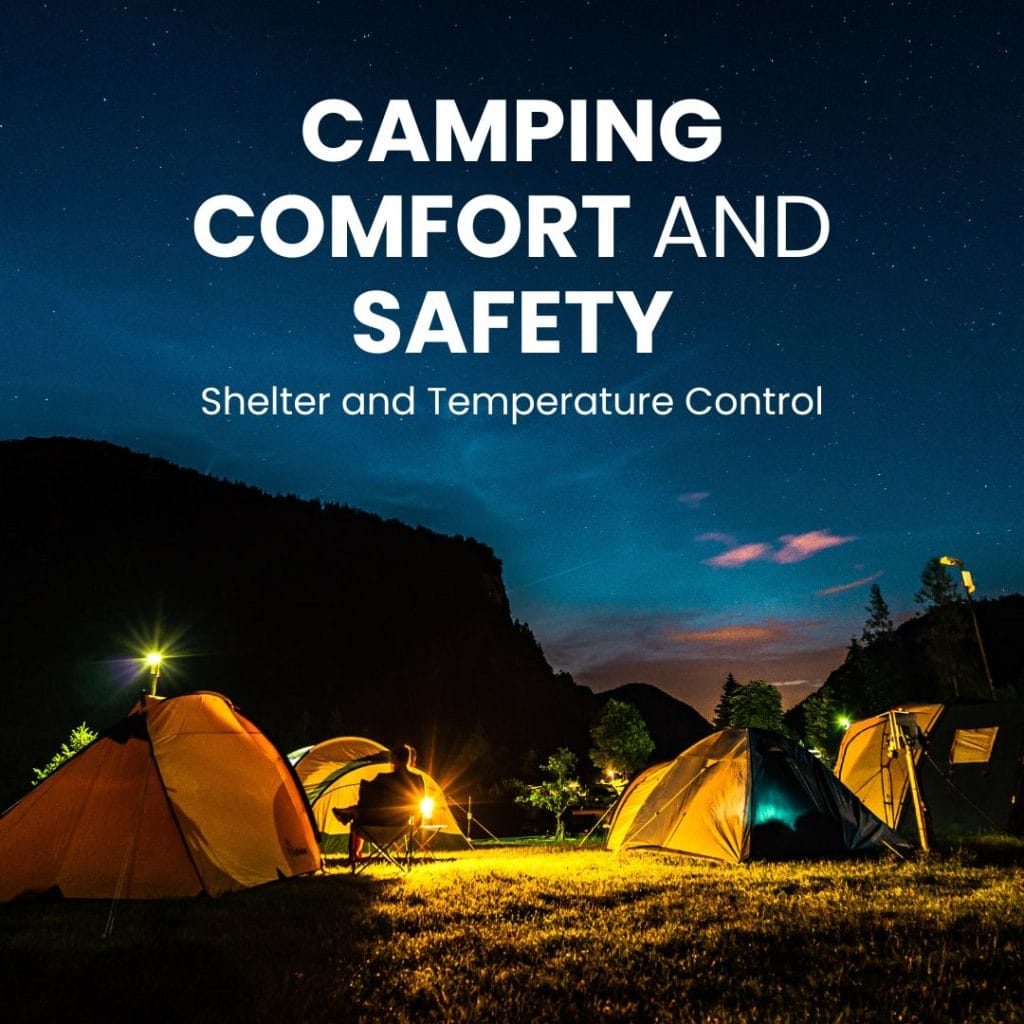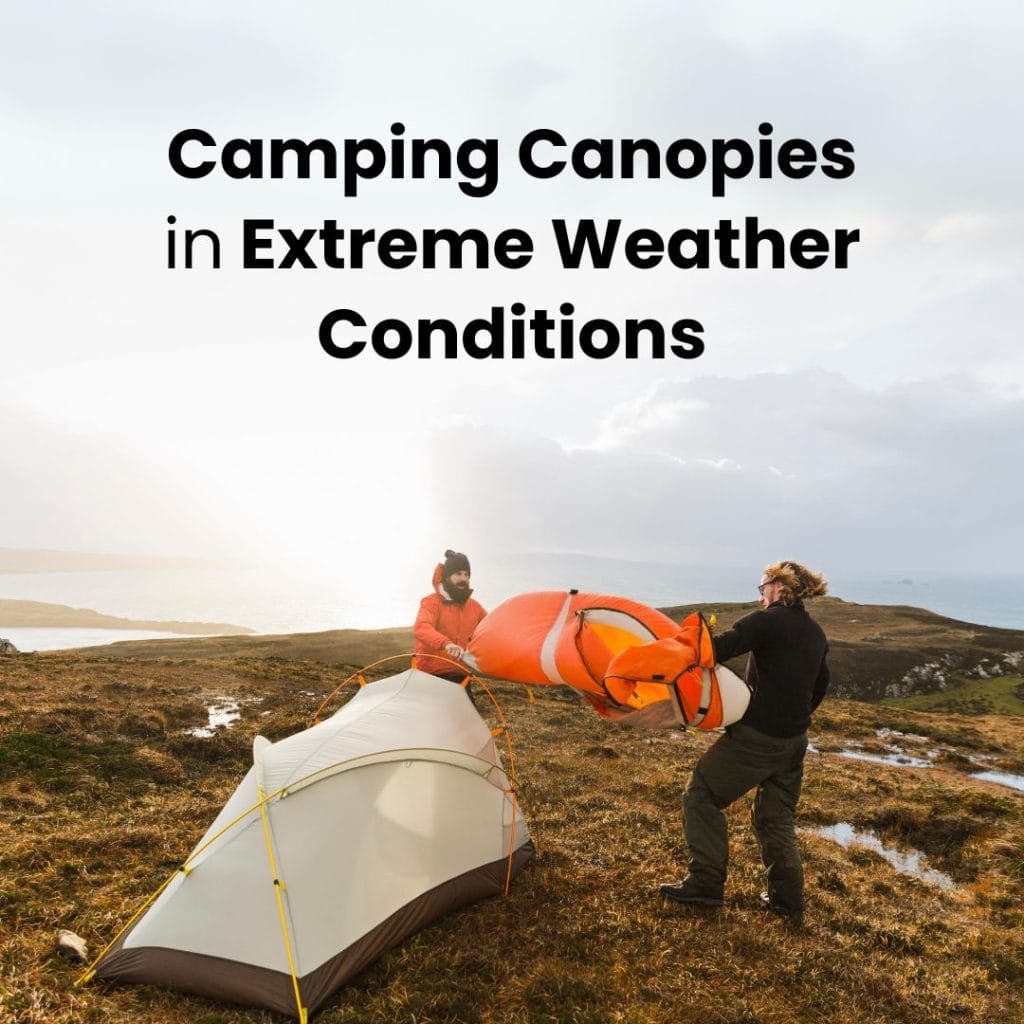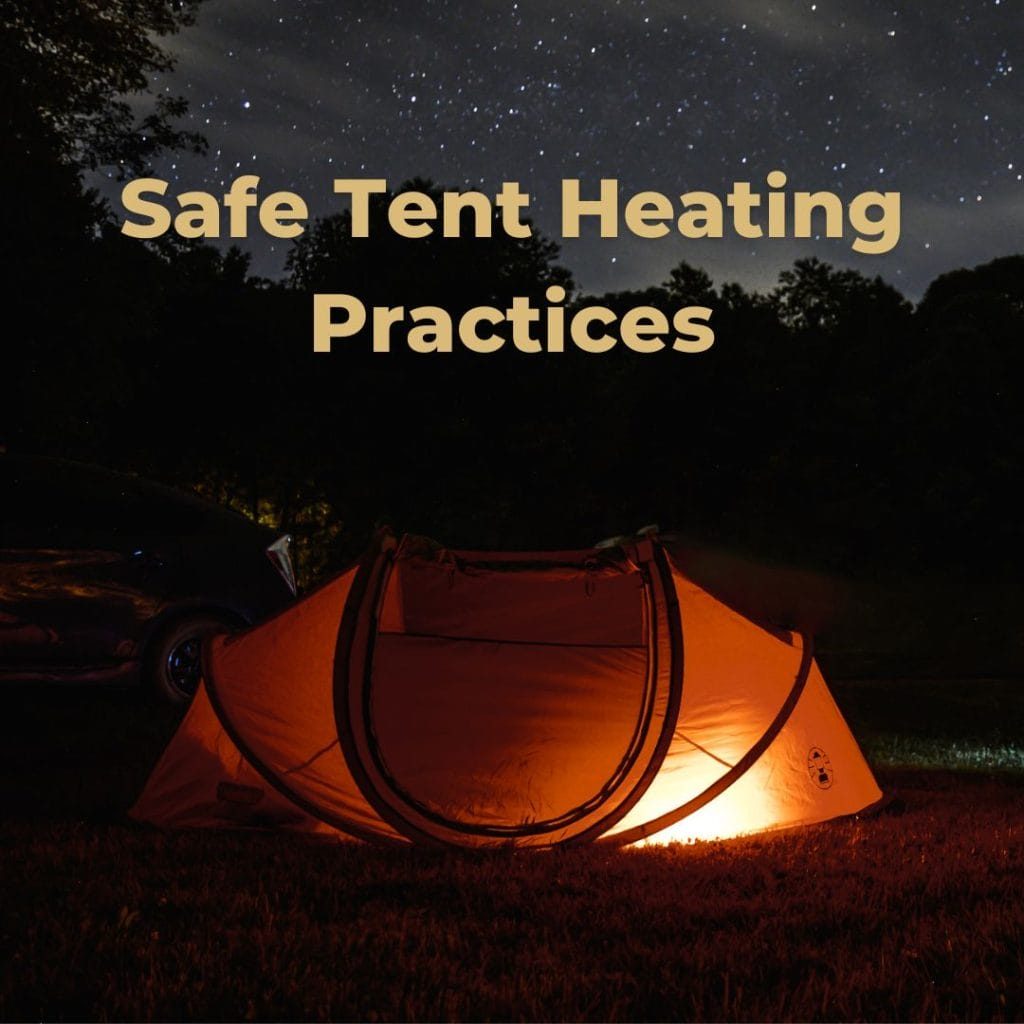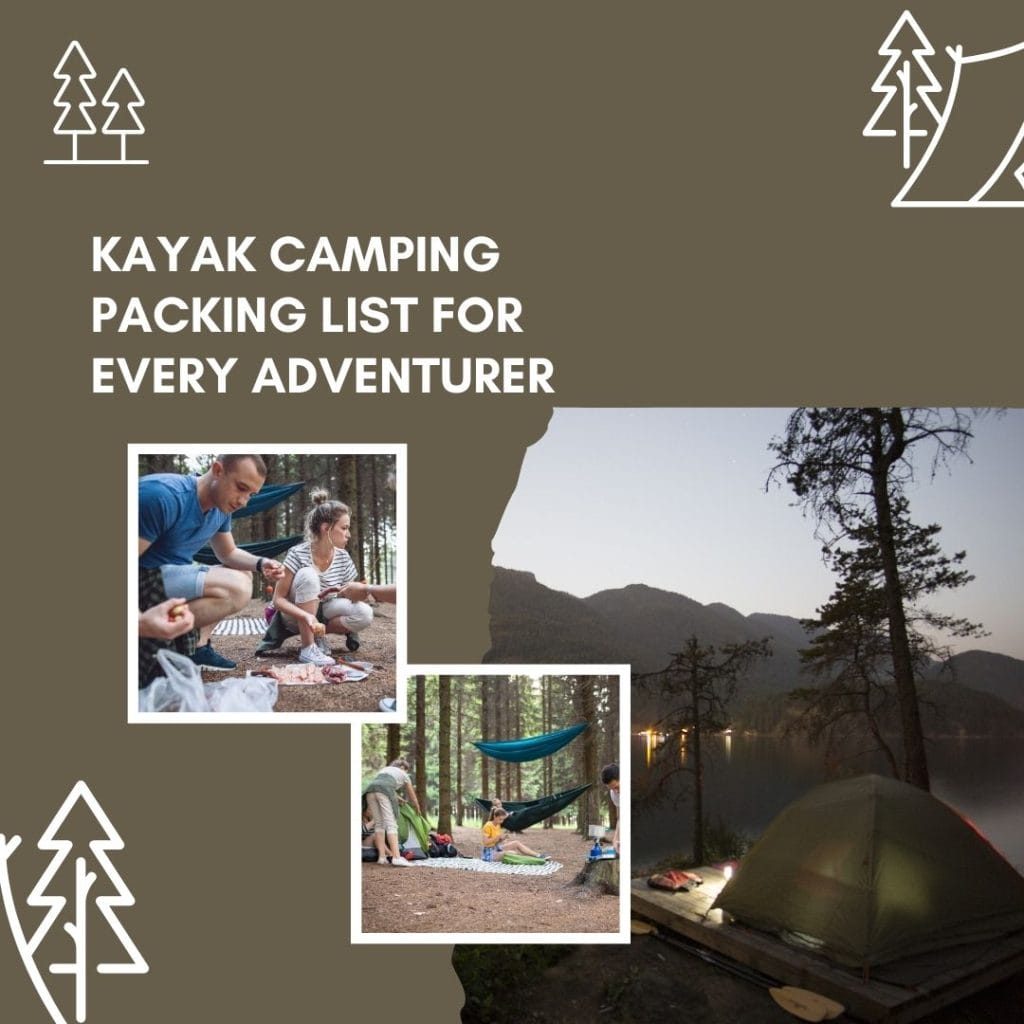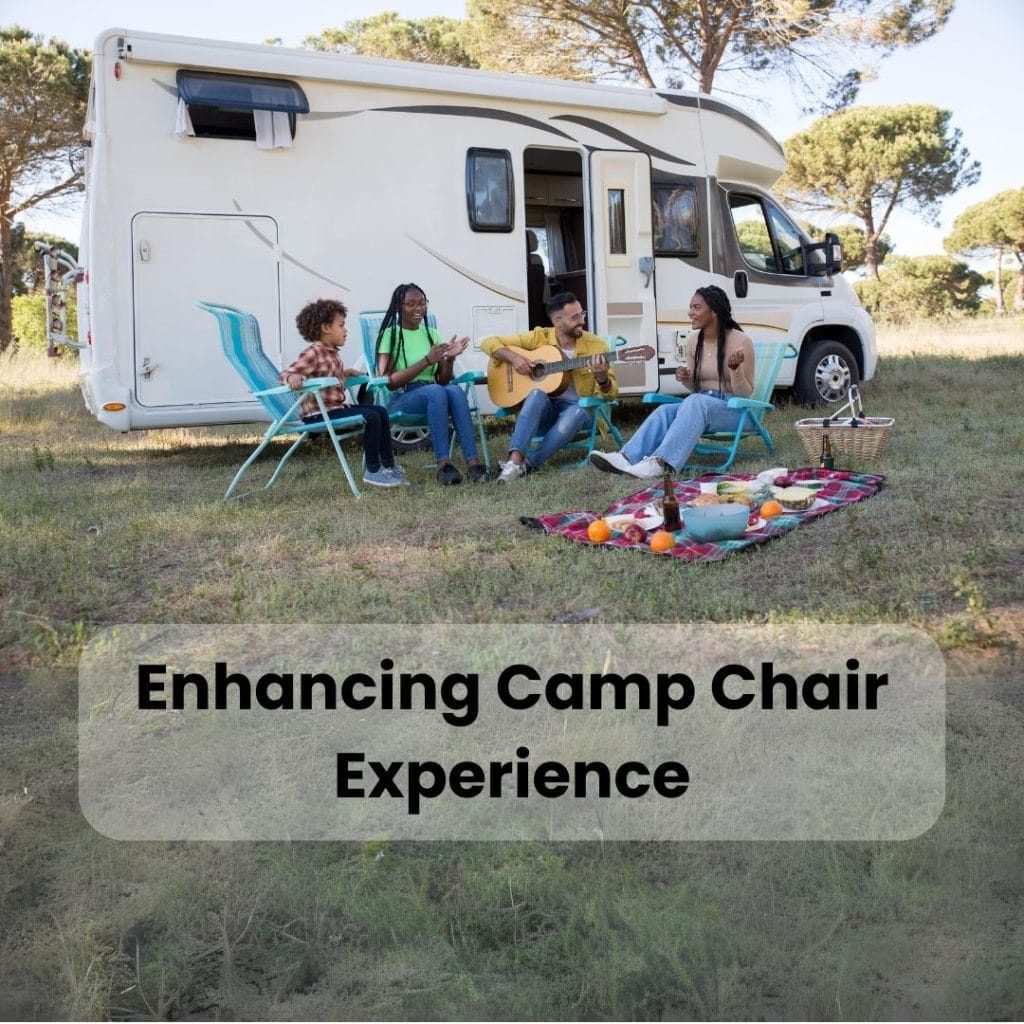Kayak camping brings together the thrill of kayaking with the serene tranquillity of camping in nature. However, ensuring an enjoyable experience entails keeping safety at the forefront. This guide brings you important “Kayak Camping Safety Tips” to ensure that your adventure is not just exciting, but also safe and secure.
Key Safety Tips for an Enjoyable Kayak Camping Experience
Kayak camping offers a truly unique blend of exploration and adventure, where days are filled with paddling and nights are spent under a canopy of stars. The beauty of this particular outdoor escapade lies in its ability to combine the joy of backpacking with the freedom of water-based travel.
Unlike traditional backpacking, kayak camping does away with the burden of carrying heavy load on your shoulders. Your kayak serves as a trusty vessel offering both mobility and additional storage space. It opens the door to remote campsites that remain beyond the reach of vehicles or foot traffic.
However, kayak camping is not all smooth sailing. It requires a good deal of physical endurance to paddle for hours on end. Furthermore, without proper preparation, exposure to the elements on open water can create potential health risks.
To ensure a safe and enjoyable adventure, careful preparation is key. The following sections will provide some essential kayak camping safety tips to help you navigate your journey successfully.
How Do You Camp Successfully In A Kayak?
1. Decide on a kayak camping trip that fits your needs
Choosing a suitable kayaking location is vital for a successful kayak camping trip. Aim for a location that aligns with your paddling skill level. For beginners, it’s not advisable to embark on an exhaustive 3-5 day trip with constant rapid-shooting. Instead, opt for a more relaxed camping spot and plan to cover a distance of about 5-15 miles per day over one or two nights. This is a great way to acquaint yourself with the physical and mental demands of kayak camping, helping you understand what to pack, and what to leave at home.
The location of your campsite also plays a crucial role in ensuring a safe and enjoyable experience. Ideal spots are situated near lakes or slow-moving rivers where you can conveniently set up camp. It’s recommended that your campsite is set up at least 200 feet away from the water’s edge. When camping near the coast, ensure you have established your camp far enough from the shoreline to avoid the risk of being swamped by changing tides.
2. Choose the kayak that will serve you best on the trip
A comfortable kayak can be the difference between a delightful camping experience and a challenging ordeal. Ideally, your go-to kayak for camping should be the one you’re already familiar with, as your understanding and experience with its handling can significantly enhance your comfort level. However, if you’re contemplating renting or buying a new kayak, make certain it meets the following requirements:
- Ample storage space with watertight compartments: Your chosen kayak should provide enough room to house all your camping gear comfortably. Even though your gear will be kept in dry bags, having a watertight compartment is a handy spot to store valuable items such as your camera or phone.
- Selected type of kayak: A touring kayak is a preferable choice. It’s not only easy to paddle over long distances, but it also comes with the much-needed features for camping.
- Comfortable seating with foot braces: Look for a kayak equipped with foot braces and supportive seats. These features can help prevent fatigue during long paddling sessions.
- Thigh pads for improved stability: A kayak with thigh pads is a bonus as it boosts your stability whilst paddling.
- Consideration of separate seating: If your current kayak seat doesn’t offer the desired comfort, think about installing separate seats for a more enjoyable kayak camping experience.
- Choosing the right paddle: Your paddle should be of a length that matches both your kayak’s width and your height, for optimum paddling efficiency.
- Installation of paddle grips: Paddle grips can be a worthwhile addition, making the paddling process more hand-friendly and comfortable.
3. Narrow down to essential kayak camping gear
Despite the striking similarities between the gear needed for backpacking and kayak camping, there’s a notable exception – hiking boots. A significant part of your backpacking gear will prove essential in kayak camping. One advantage of kayak camping is the allowance for additional gear since you won’t be bearing it on your back. However, it’s crucial to opt for gear that is compact and lightweight to economize on storage space. Here’s a rundown of items you’ll need for your kayak camping adventure:
- Personal Flotation Devices (PFDs): An absolute must-have for any water-based adventure, these devices can be a lifesaver in the event of an unexpected capsize.
- Rope: Useful for a multitude of purposes, from tying down your kayak to hoisting food bags out of reach of wildlife.
- Kayak Repair Kit: This can help you quickly address any minor damages to your kayak in the midst of your trip.
- Towel and Binoculars: A quick-drying towel is invaluable, and binoculars can enhance your enjoyment of the surrounding scenery or aid in navigation.
- Paddle and Paddle Leash: The former is your primary mode of propulsion, and the latter ensures you don’t lose your paddle in case you capsize.
- Bungee Cord: Handy for securing gear to your kayak.
- Shelter and Sleeping Gear: This includes a hammock or tent, a sleeping bag, a sleeping pad, and a pillow.
- Headlamp and Small Daypack: Essential for nights and day trips away from your campsite.
- Appropriate Clothing: This includes swimwear, sandals, water shoes, and clothing suitable for your specific kayaking location.
- Kitchen Essentials: Such as food storage bags, a stove with fuel, food, water bottles, water filters, and a garbage bag for waste management.
- Toiletries and Safety Gear: Don’t forget items like bug spray, bear spray, a first aid kit, a pocket knife, an extra paddle, an emergency communication device, and a hygiene kit.
- Navigation Tools: Maps, a compass, or a GPS device are crucial for safe navigation.
- Fishing Equipment: If you plan to catch fish during your trip, don’t forget your fishing gear.
4. Maintain control of both your body and your navigational abilities
A successful kayak camping trip necessitates a high degree of physical fitness. Building your strength and stamina prior to the journey is crucial, and this can be achieved by devoting ample time to kayaking in the days leading up to your adventure. Paddling not only provides a stimulating cardio workout, it also targets the specific muscles that will be heavily utilized during your trip.
In addition to physical preparation, honing your navigational skills is paramount. The ability to navigate effectively can markedly influence the quality of your trip. Getting lost, while initially might seem like a minor inconvenience, can quickly escalate to a serious safety concern.
Familiarize yourself thoroughly with your chosen destination. Learn to read a map and identify key landmarks, understand the pathway system, and acquire knowledge on the various routes within the area. This preparatory work will not only foster a sense of security, but also provide the confidence to venture off the beaten path.
The beauty of kayak camping lies not just in following a pre-set path, but in the freedom to explore uncharted territories. Whether it’s journeying through breathtaking off-route landscapes or discovering hidden caves, the ability to navigate effectively ensures you can enjoy these detours while retaining the capacity to return to your original path and safely reach the shore.
5. Your kayak should be loaded correctly.
A poorly loaded kayak can rapidly transform a potentially pleasurable kayak camping expedition into an unpleasant experience, particularly if you are unable to quickly access the necessary gear. Adherence to the ABS principles – Accessibility, Balance, and Compression – is imperative when packing your kayak. Since you won’t have the luxury of packing your kayak at home, it would be beneficial to gain some practical experience in kayak loading prior to embarking on your trip. Here are some useful tips to guide you:
- Use of Dry Bags: To safeguard your items from moisture and streamline the packing process, place most of your belongings in small dry bags.
- Color-Coding and Transparency: To hasten the process of finding your gear, opt for see-through dry bags or implement a color-coding system.
- Even Weight Distribution: To ensure your kayak remains balanced in the water, distribute weight evenly whilst packing. Position heavier items towards the center and lighter items towards the ends.
- Side-to-Side Balance: In order to maintain stability, it’s crucial to balance the weight across both sides of the kayak.
- Securing Unused Camp Gear: Items not required while on the water, such as camp gear, should be firmly secured with straps. This precaution guards them against loss or damage in the event of a capsizing incident.
- Easy Access to Essentials: Maintain easy accessibility to items you’ll need frequently, such as a water bottle, snacks, a change of clothes, and navigation tools.
6. Maintain proper nutrition and fluid intake
The outcome of your expedition is intrinsically linked to the care you extend towards your physique. By adhering to a balanced diet and ensuring adequate hydration, you fortify your vigor and endurance. It’s advisable to incorporate proteins and good fats into your meal plan. A nutritional intake that promotes wellbeing is instrumental in sustaining energy levels, minimizing muscle discomfort, and facilitating muscle recovery – all key factors in the successful completion of your adventure.
7. Always make sure your kayak is secure before you set out
Ensuring the security of your kayak is vital; neglect can result in your excursion taking a distressing turn if you find your kayak and paddle have drifted far from the shore during the night. Therefore, always maintain a safe distance between your kayak and the water’s edge. Additionally, to prevent potential water damage to your kayak in the event of rain, flip it over and position it near your tent. This approach safeguards your kayak and contributes to a more enjoyable kayak camping experience.
8. Be careful
The crucial first step in ensuring a safe kayak camping trip is the careful selection of your destination. Your chosen location should align with your current skill set and the type of environment you feel most confident navigating. Once you’ve picked an appropriate location, follow these essential safety tips:
- Create and Share Itinerary: Before setting off, plan your journey meticulously and share the itinerary with someone you trust. This person should be aware of your daily schedule, planned routes, and estimated return time.
- Fitness Check: Kayaking and camping demand physical stamina. Ensure you’re in good health and well-rested before your trip.
- Stay Weather-Aware: Check weather forecasts regularly and be ready to adjust your trip activities in response to weather changes.
- First Aid Kit: Always keep a first aid kit within easy reach to deal with any minor injuries or medical emergencies.
- Life Jacket: Always wear a life jacket that fits you well while you’re on the water to enhance your safety.
- Emergency Contact: Equip yourself with a reliable communication device to reach out for help in critical situations.
- Kayaking Companions: Invite a friend along for your kayak camping trip. Not only does this add to the fun, it also means there’s someone nearby in case of an emergency.
- Safety Procedures: Familiarize yourself with critical safety procedures including self-rescue techniques before your trip.
- Choose Established Sites: If you are a beginner, opt for well-established camping sites for setting up your tent.
- Leave No Trace: Respect the environment by adhering to the ‘Leave No Trace’ principle – always leave the site as you found it, or better.
Conclusion
In essence, the success of a kayak camping trip hinges on thorough preparation, and a keen adherence to essential kayak camping safety tips. From adept packing techniques to maintaining adequate nutrition, every detail plays a crucial role in the overall experience. Moreover, respecting the environment and leaving no trace allows us to enjoy the beauty of nature for years to come. Consider these guidelines and safety measures not as restrictions, but as tools to enhance your adventure and ensure an enjoyable and safe kayak camping experience.

